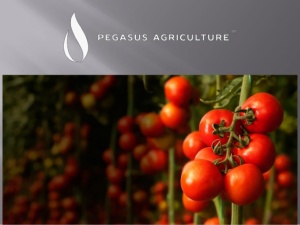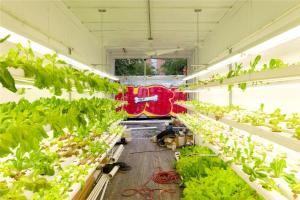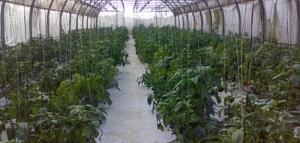Are you waiting for the summer to grow your strawberries? Well, you don’t need to wait for any particular season to produce strawberries or any of your desired fruits, if you opt for hydroponic method of growing herbs, fruits or vegetables.

There’re several benefits of growing fruits via hydroponic procedure, particularly your much-loved strawberries. End of summer never means you can’t grow your favourite strawberries anymore. Hydroponic method of cultivation is designed in such a manner that it enables farming all through the year, despite any climate conditions.
You will also like the fact that hydroponic strawberries can be produced employing much less space and much less time as well. Strawberries grown through hydroponic method grow quicker than the ones produced in soil.
Also, growing strawberries hydroponically will save you from the dilemma of parasites or weeds. Nonexistence of soil in hydroponic procedure of growing will aid you get rid of several other pests & aliments that outbreak plants cultivated in soil, and assist you ignore the expenditure to buy fertilizers needed for the same.
Strawberries can be produced this way by establishing your preference of hydroponics systems; and there’re multiple choices accessible in the market to pick the one that fits you wonderfully. Moreover, you will have complete control, over nutrition, heat, humidity and light supplied to your hydroponic fruits in this growing procedure.
If you are planning to produce strawberries indoors or inside a greenhouse, the biggest advantage would be that you’ll require no time to fight the ever-persistent birds or squirrels that like strawberries, possibly as much as you do. In fact, you cannot blame any living creature for getting enticed to hydroponic strawberries, as they are undoubtedly more wholesome and delicious compared to their soil-grown counterparts.

If you are en environment-friendly cultivator, growing strawberries hydroponically will be an intelligent selection to make, as supplements employed in hydroponic practice can be recycled. Furthermore, hydroponic growing option offers you the chance of not contaminating land with manures filled with chemicals.
You can make a straightforward selection of producing hydroponic strawberries just anywhere you love – whether it is rooftop, garden, corridor or your living room. Now you’re all set ready to enjoy as many strawberries as you wish throughout the year. It won’t be a bad idea if you want to start a small business of selling strawberries to the retailers.

